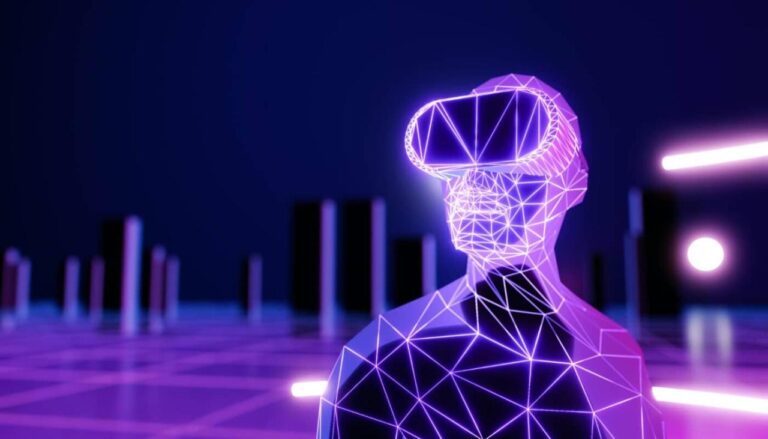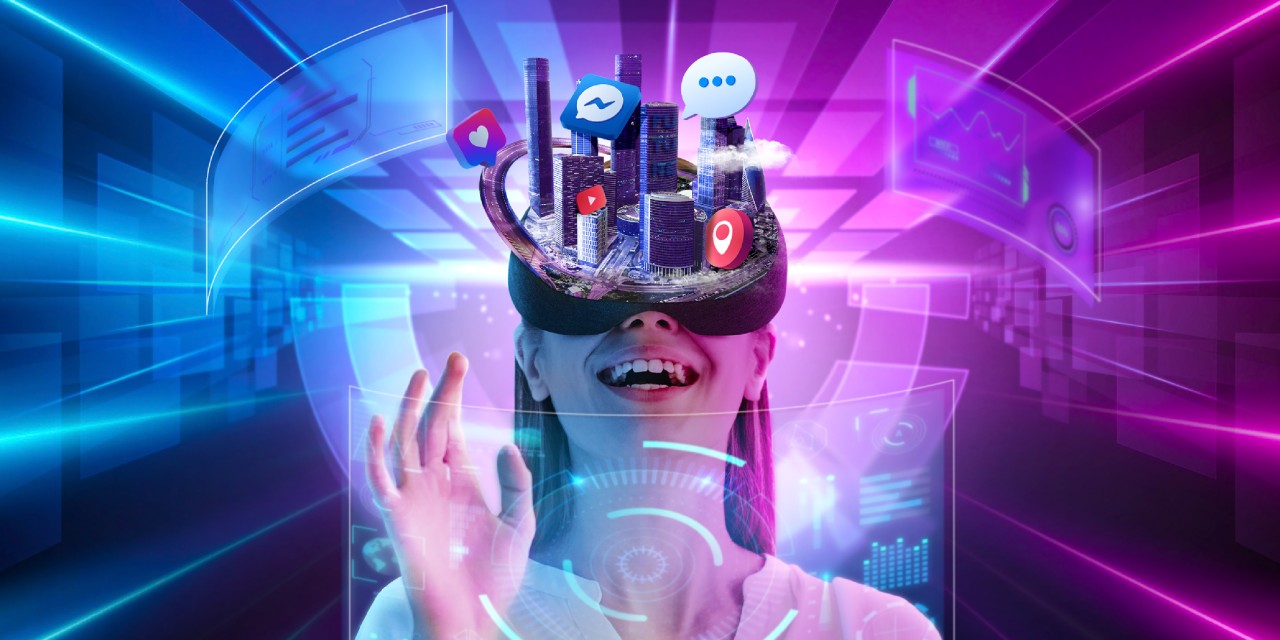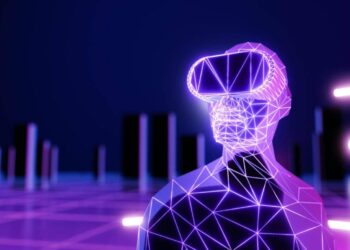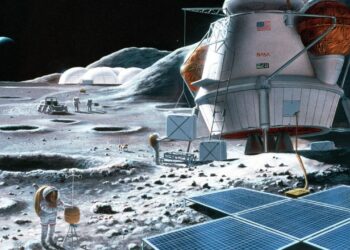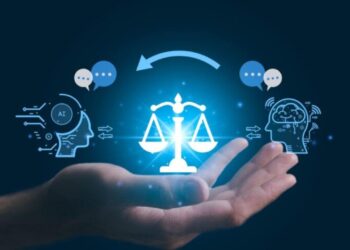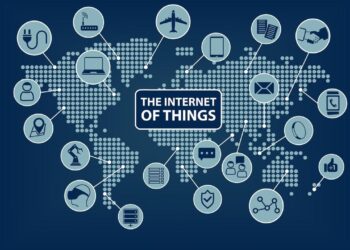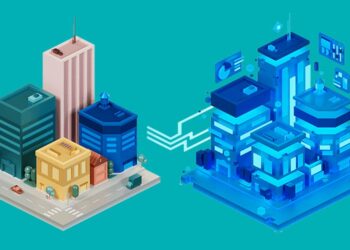The concept of the Metaverse has rapidly transitioned from the realm of science fiction to a tangible, albeit nascent, digital frontier. It’s envisioned as a persistent, interconnected network of 3D virtual worlds where users can interact with each other, digital objects, and AI-powered agents, mirroring and extending real-world activities. This isn’t merely a new version of the internet; it’s a fundamental shift in how we engage with digital space, promising to profoundly redefine our daily lives, work, entertainment, and social interactions. This extensive exploration dives deep into the burgeoning reality of the Metaverse, examining its foundational technologies, its transformative potential across diverse industries, and the significant challenges that lie on its path to widespread adoption. Understanding this immersive digital evolution is paramount for anyone navigating the future of human-computer interaction.
What is Metaverse?

While virtual worlds have existed for decades (think Second Life), the Metaverse is distinguished by several key characteristics that elevate it beyond mere games or online environments.
A. Persistence
Unlike a game that ends when you log off, the Metaverse is designed to be persistent. This means:
- Continuous Existence: The virtual world and its contents continue to exist and evolve even when no one is actively using it.
- Shared Experiences: Changes made by one user are visible to others, contributing to a collective, evolving environment.
- Real-time Operations: Interactions and events occur in real-time, creating a sense of immediacy.
This persistence fosters a deeper sense of presence and continuity, crucial for building enduring digital communities and economies.
B. Interoperability
Perhaps the most ambitious aspect of the Metaverse is interoperability.
- Asset Portability: Users should ideally be able to take their digital assets (avatars, clothing, items) from one virtual world or platform to another.
- Identity Continuity: Your digital identity should remain consistent across different Metaverse experiences.
- Cross-Platform Compatibility: The goal is for diverse virtual environments, even those developed by different companies, to be interconnected.
Achieving true interoperability is a significant technical and business challenge, but it’s vital for preventing the Metaverse from fragmenting into isolated “walled gardens.”
C. Digital Identity and Avatars
Your presence in the Metaverse is embodied through your digital identity, primarily represented by avatars.
- Customization: Users can create highly personalized and expressive avatars, reflecting their chosen virtual persona.
- Ownership: With the rise of Web3, avatars and their accessories are increasingly owned as Non-Fungible Tokens (NFTs), allowing for true digital ownership and portability.
- Expressive Interaction: Avatars facilitate non-verbal communication and physical presence in virtual spaces, enhancing social interactions.
The avatar becomes your proxy, your representation, and often, an extension of your real-world identity within the Metaverse.
D. Immersive Experiences
While the Metaverse can be accessed through various devices, the ultimate vision involves deep immersion.
- Virtual Reality (VR): Headsets that fully immerse users in 3D virtual environments, providing a sense of presence.
- Augmented Reality (AR): Overlays digital information onto the real world, enhancing our physical environment.
- Mixed Reality (MR): Blends real and virtual worlds, allowing interaction with both physical and digital objects simultaneously.
These immersive technologies aim to reduce the psychological distance between the user and the digital environment, making interactions feel more natural and impactful.
E. User-Generated Content and Creation
The Metaverse is not just something to consume; it’s a platform for creation.
- Citizen Creators: Users can build their own spaces, objects, games, and experiences within the Metaverse.
- Economic Opportunities: Creators can monetize their digital creations, fostering a vibrant creator economy.
- Decentralized Tools: The rise of Web3 and blockchain technologies (which we discussed previously) underpins the ownership and exchange of user-generated content in the Metaverse.
This shifts the dynamic from passive consumption to active participation and co-creation of the digital world.
The Foundational Technologies Fueling the Metaverse
The ambitious vision of the Metaverse relies on the convergence and advancement of several critical technologies.
A. Advanced Connectivity
A seamless and low-latency Metaverse requires robust network infrastructure.
- 5G Networks: Offer higher bandwidth and lower latency compared to previous generations, crucial for streaming high-fidelity 3D environments and real-time interactions.
- Future Generations (6G and beyond): Will further enhance speed, capacity, and responsiveness, enabling even more complex and pervasive Metaverse experiences.
- Edge Computing: Processing data closer to the source (at the “edge” of the network) reduces latency and improves performance for real-time immersive applications.
Without adequate connectivity, the Metaverse remains a fragmented and often frustrating experience.
B. Virtual and Augmented Reality (VR/AR) Hardware
These are the primary gateways to immersive Metaverse experiences.
- VR Headsets: Devices like Meta Quest, Valve Index, and PlayStation VR provide full immersion, blocking out the physical world. Advances focus on lighter designs, higher resolution displays, wider fields of view, and more intuitive tracking.
- AR Glasses: Devices that overlay digital information onto the real world. While still nascent for widespread consumer use (e.g., Magic Leap, HoloLens), future designs aim to be sleek and indistinguishable from regular glasses, seamlessly blending digital and physical realities.
- Haptic Feedback Devices: Gloves, suits, or controllers that provide tactile sensations, enhancing immersion by allowing users to “feel” digital objects and interactions.
Continued innovation in these hardware categories is essential for making the Metaverse truly accessible and engaging.
C. Blockchain and Web3 Technologies
As discussed in the previous article, these form the economic and ownership backbone of the Metaverse.
- NFTs (Non-Fungible Tokens): Enable verifiable ownership of digital assets (e.g., virtual land, avatar wearables, unique items) within the Metaverse. This allows for scarcity, authenticity, and tradability.
- Cryptocurrencies: Act as the native currency within Metaverse economies, facilitating transactions for goods, services, and land.
- Smart Contracts: Automate agreements and facilitate transactions within the Metaverse, powering features like digital land sales, rental agreements, and royalty distributions.
- Decentralized Autonomous Organizations (DAOs): Enable community governance of Metaverse platforms, allowing users to vote on rules, development, and resource allocation.
Blockchain ensures that the Metaverse is not controlled by a single entity, promoting decentralization and user empowerment.
D. Artificial Intelligence (AI) and Machine Learning (ML)
AI is crucial for populating and enhancing the intelligence of the Metaverse.
- NPCs (Non-Player Characters): AI powers intelligent virtual characters and agents that can interact realistically with users.
- Content Generation: AI can assist in generating 3D assets, textures, and even entire virtual environments, accelerating creation.
- Personalization: AI algorithms can tailor Metaverse experiences to individual users based on their preferences and behaviors.
- Natural Language Processing (NLP): Enables more intuitive voice commands and conversational interactions within virtual worlds.
- Simulations: AI can run complex simulations within the Metaverse for training, planning, or scientific research.
E. 3D Graphics and Spatial Computing
Creating realistic and interactive 3D environments requires advanced graphics capabilities.
- Real-time Rendering: Powerful graphics engines are needed to render complex 3D scenes at high frame rates to prevent motion sickness and ensure smooth interaction.
- Physics Engines: Simulate realistic physical interactions within the virtual world.
- Spatial Computing: Refers to the ability to interact with and manipulate 3D content in a way that respects spatial relationships, bridging the gap between physical and digital spaces. This is foundational for AR/VR applications.
- Volumetric Video: Captures 3D video of real-world objects or people, allowing them to be authentically placed within virtual environments.
Metaverse’s Transformative Potential Across Sectors
The Metaverse isn’t just about gaming or social hangouts; its impact is expected to permeate virtually every sector of the global economy.
A. Entertainment and Gaming
This is where much of the early Metaverse activity is concentrated.
- Immersive Gaming: Beyond traditional screen-based games, players can fully inhabit game worlds, leading to richer, more social, and truly immersive experiences.
- Live Events: Virtual concerts, sports events, and festivals can host millions of simultaneous attendees, offering unique vantage points and interactive elements.
- Digital Collectibles and Fashion: NFTs enable verifiable ownership and trading of exclusive in-game items, avatar clothing, and digital art, creating new revenue streams for creators and brands.
- New Storytelling Mediums: Creators can build interactive narratives and experiences that users can explore at their own pace.
B. Work and Collaboration
The Metaverse offers revolutionary possibilities for remote work beyond simple video conferencing.
- Virtual Offices: Recreate physical office environments in the Metaverse, allowing remote teams to collaborate in shared 3D spaces, fostering a sense of presence and camaraderie.
- Immersive Training and Education: Realistic simulations for training (e.g., surgeons, pilots, engineers) can offer hands-on experience without real-world risks. Virtual classrooms can provide engaging, interactive learning environments.
- Virtual Meetings: More engaging and interactive than 2D video calls, with spatial audio and non-verbal cues enhancing communication.
- Digital Twins: Virtual replicas of physical objects, processes, or even entire cities, allowing for real-time monitoring, simulation, and optimization in a virtual environment. This is crucial for industries like manufacturing, urban planning, and infrastructure management.
C. Commerce and Retail
The Metaverse will fundamentally change how we shop and interact with brands.
- Virtual Stores: Brands can create immersive 3D retail spaces where customers can browse products, interact with virtual sales assistants, and try on digital clothing.
- Digital Product Lines: Selling purely digital goods (e.g., NFT fashion for avatars) becomes a new revenue stream.
- Hybrid Experiences (Phygital): Bridging the gap between physical and digital, where NFTs can unlock real-world benefits or physical items have digital twins.
- Enhanced Product Visualization: Customers can interact with 3D models of products, seeing them in their environment via AR before purchase.
D. Education and Learning
The Metaverse holds immense promise for transforming how we learn.
- Immersive Field Trips: Students can virtually visit historical sites, explore space, or delve into the human body, making learning tangible and exciting.
- Interactive Simulations: Complex scientific concepts or historical events can be experienced rather than just read about.
- Personalized Learning Paths: AI within the Metaverse can adapt content and teaching methods to individual student needs and learning styles.
- Collaborative Learning Environments: Students from around the world can come together in shared virtual classrooms for group projects and discussions.
E. Healthcare
The medical field stands to benefit significantly from Metaverse applications.
- Surgical Training: Surgeons can practice complex procedures on highly realistic digital twins of patients or anatomical models.
- Remote Consultations: Doctors can conduct virtual appointments in a more engaging and spatially aware manner.
- Therapy and Rehabilitation: Immersive environments can be used for physical therapy, pain management, or treating phobias (e.g., exposure therapy in VR).
- Medical Data Visualization: Doctors can visualize complex medical data (e.g., MRI scans) in 3D, aiding diagnosis and treatment planning.
F. Real Estate and Urban Planning
Even physical spaces can be influenced by the Metaverse.
- Virtual Property: Buying, selling, and developing virtual land within Metaverse platforms. This has already seen significant investment.
- Architectural Visualization: Architects can design and showcase buildings in interactive 3D environments, allowing clients to virtually walk through proposed structures.
- Urban Planning Simulations: City planners can create digital twins of cities to simulate the impact of new infrastructure projects, traffic flows, or environmental changes.
- Virtual Showrooms: Real estate agents can offer immersive tours of properties to potential buyers anywhere in the world.
The Challenges and Obstacles of the Metaverse
Despite its immense potential, the Metaverse faces formidable technical, ethical, and societal challenges that must be addressed for its widespread adoption.
A. Technical Hurdles
The sheer computational demands of a fully immersive, persistent, and interconnected Metaverse are immense.
- Rendering Power: Creating and displaying high-fidelity 3D graphics in real-time requires significant processing power, often beyond current consumer devices.
- Network Latency: Even with 5G, ensuring consistently low latency for seamless real-time interactions across vast virtual spaces is a challenge.
- Scalability: How do you support millions or even billions of concurrent users interacting in a single, persistent virtual environment? This is a core technical dilemma.
- Interoperability Standards: Developing universal standards for asset formats, identities, and communication protocols across different Metaverse platforms is a complex task requiring industry-wide cooperation.
- Hardware Accessibility: High-end VR/AR headsets are still expensive and not widely adopted, limiting accessibility for many.
B. User Experience and Accessibility
The current user experience for many Metaverse platforms is still clunky and not user-friendly.
- Steep Learning Curve: Navigating 3D environments, managing digital assets, and understanding Web3 concepts can be overwhelming for new users.
- Motion Sickness: VR can induce motion sickness in some individuals, limiting prolonged use.
- Digital Divide: Ensuring equitable access for individuals with varying levels of technological literacy and access to high-speed internet.
- Onboarding: Simplifying the process of creating avatars, acquiring digital assets, and entering virtual worlds.
C. Governance and Ethics
The decentralized and borderless nature of the Metaverse presents novel challenges for governance and ethical oversight.
- Digital Rights and Ownership: How are intellectual property rights enforced for digital assets? What are the legal implications of ownership in virtual worlds?
- Cybersecurity and Safety: Protecting users from scams, hacking, and malicious actors in a persistent digital environment.
- Privacy and Data Security: The collection of vast amounts of biometric data (e.g., eye tracking, body movements) in immersive environments raises significant privacy concerns. How is this data secured and used?
- Identity and Impersonation: How do we verify identities and prevent impersonation in anonymous virtual spaces?
- Censorship and Free Speech: Who decides what content is allowed or prohibited in decentralized Metaverse spaces?
- Digital Addiction and Mental Health: Concerns about the psychological impact of prolonged immersion in virtual worlds.
- Economic Inequality: The potential for wealth concentration in digital assets and virtual land, mirroring real-world economic disparities.
- Jurisdiction: When a crime or dispute occurs in a virtual world, which country’s laws apply?
D. Economic Models and Monetization
Developing sustainable and fair economic models for the Metaverse is crucial.
- Fair Compensation for Creators: Ensuring artists, developers, and users are fairly compensated for their contributions.
- Tokenomics Design: Designing stable and sustainable cryptocurrency economies within Metaverse platforms.
- Speculation vs. Utility: Balancing the speculative nature of digital assets with their actual utility within the Metaverse.
- Taxation: Governments are grappling with how to tax transactions and assets within virtual economies.
E. Environmental Impact
The energy consumption associated with running vast Metaverse infrastructures, especially those reliant on Proof-of-Work blockchains, is a concern.
- Energy-Efficient Technologies: The push towards more energy-efficient blockchain consensus mechanisms (like Proof-of-Stake) and optimized rendering technologies is vital.
Conclusion
The Metaverse Reality Dawns not as a single destination, but as an evolving constellation of interconnected digital experiences. It represents a bold step towards a future where our digital lives are as rich, interactive, and personally expressive as our physical ones. While the road ahead is fraught with technical complexities, ethical dilemmas, and regulatory uncertainties, the transformative potential across work, entertainment, commerce, and human connection is undeniable. As we move from flat screens to immersive digital spaces, understanding the foundational technologies and the profound societal shifts they enable is crucial. The Metaverse is not just something we will use; it is something we will increasingly inhabit, creating a new layer of reality that promises to redefine the very fabric of our digital existence. The future is spatial, interactive, and deeply personal, and it’s unfolding right before our eyes.

